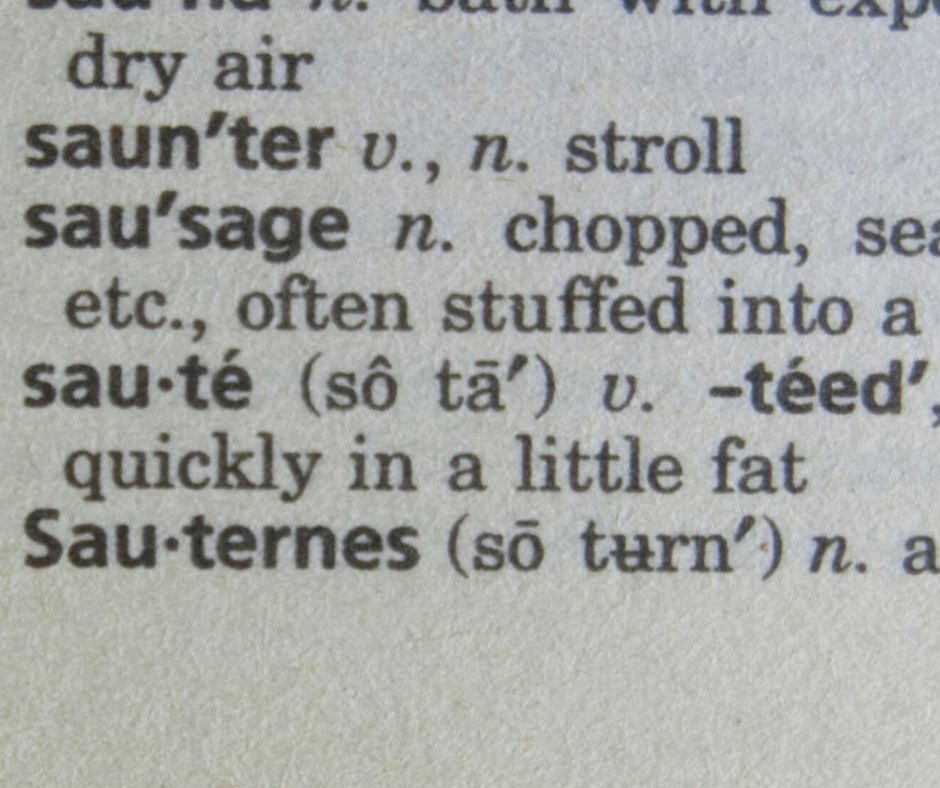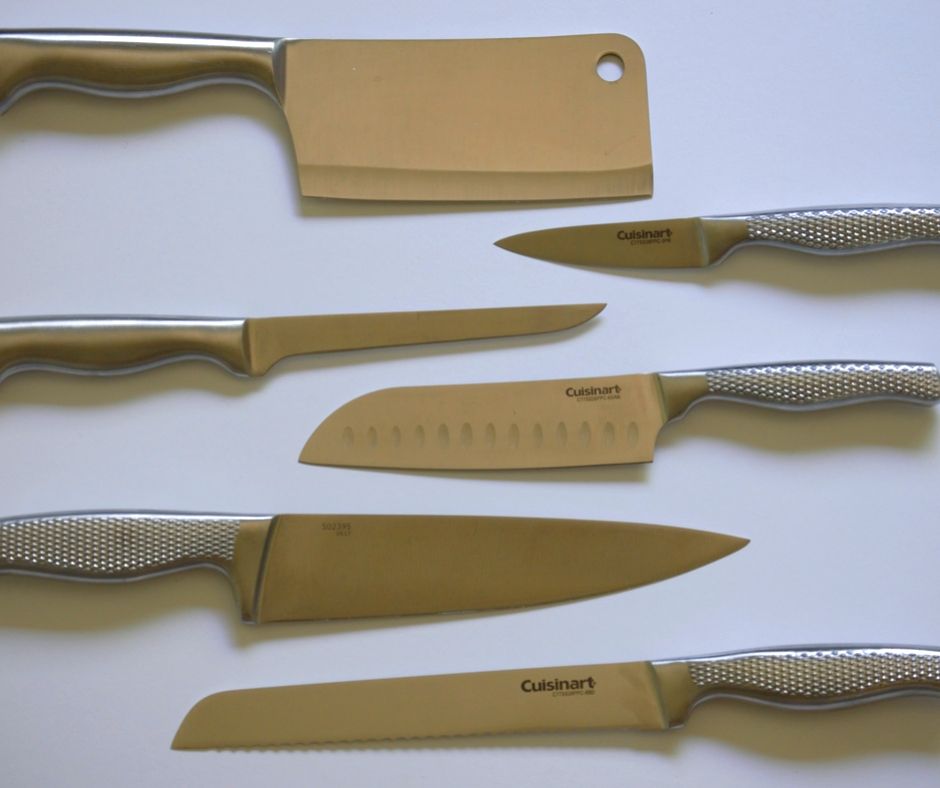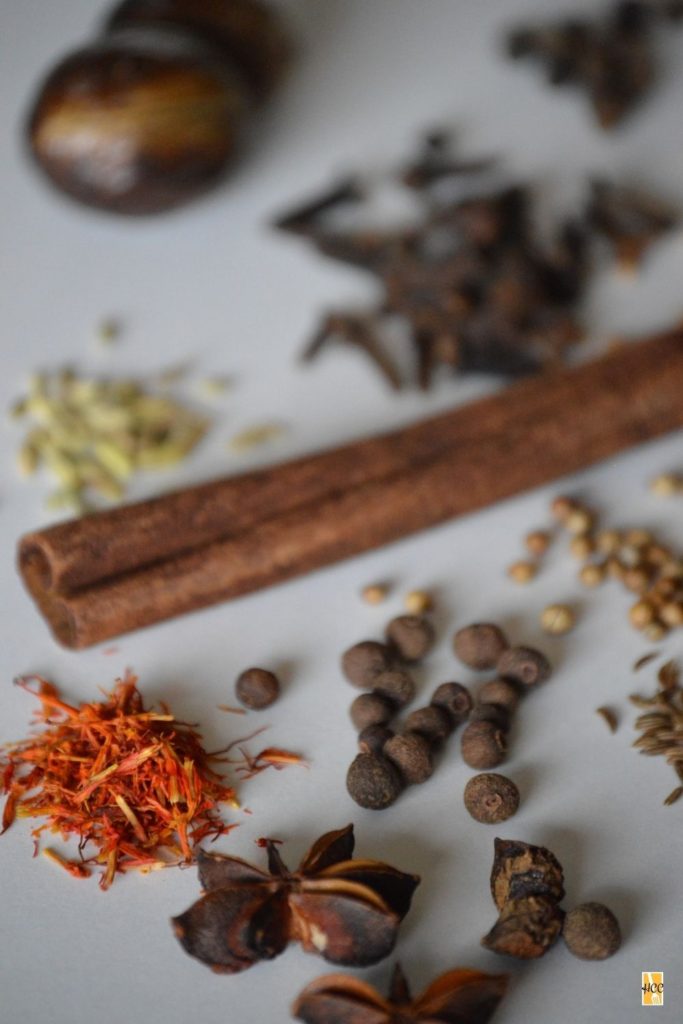
What are spices?
Simply put, spices are any part of a plant that is dried and used to add flavor to food. This can include the seeds of a plant, it’s berries, the roots, and even the bark. However, this definition does not include the leaves of a plant as those are considered to be herbs.
Why?
Who knows, I didn’t make up the rules I just follow them.
For example
- Coriander is a spice because it’s a dried seed
- Black pepper is a spice because it’s a dried berry
- Ground ginger is a spice because it’s a dried root
- And cinnamon is a spice because it’s dried bark
- But oregano, mint, thyme, and even rosemary are herbs because they are the leaves of a plant.
Why do we spice up our food?
- Flavor: Without a doubt, the most important reason we spice up our food is that it makes the food taste better. For example, a regular old pork chop with some salt will just taste ok. But add a few spices like our dry-rubbed pork chop and you have an amazingly tasty meal.
- Color: Some spices can be used to add vibrant color to dishes. For example, you can add paprika to make a dish red, or turmeric to make a dish yellow. And while this might seem unimportant, sometimes adding those spices can make a dish look as good as it tastes.
- Health benefits: Almost all spices have some sort of health benefits. This mainly comes in the form of vitamins, minerals, or essential oils. Coriander seeds are full of anti-oxidants. Mustard seeds can lower bad cholesterol. And black pepper is a good source of vitamin k, manganese, and iron. So if you want to learn more about the health benefits of spices I suggest you check out this article.
Whole spice vs. powder spice
Anytime you purchase spices you will have to make a decision between either getting them whole or ground into powder.
Now, I’m not going to lie, I am firmly in the whole spice camp. Not only do whole spices stay fresh for longer, but they also tend to be more pungent. Plus there is one simple fact that undeniably makes them superior.
You can always grind whole spices into a powder, but you can’t un-grind powders spices!
That being said some spices only come in the powdered version and that’s ok. Also if you use the powdered version of a spice a lot then it is perfectly reasonable to keep that version on hand. So it really comes down to you and your personal needs.
But if you do take my recommendation and opt for whole spices, you will need to know how to grind them. And basically, there are two methods, a mortar & pestle, or a coffee grinder.
First, let’s discuss the mortar and pestle. It is a fairly simple technology that has been used for centuries to get the job done. Essentially it consists of a bowl or cup that holds the spices, along with a stick that is used to grind them up. And while it will require a little bit of elbow grease it is always reliable and will last forever.
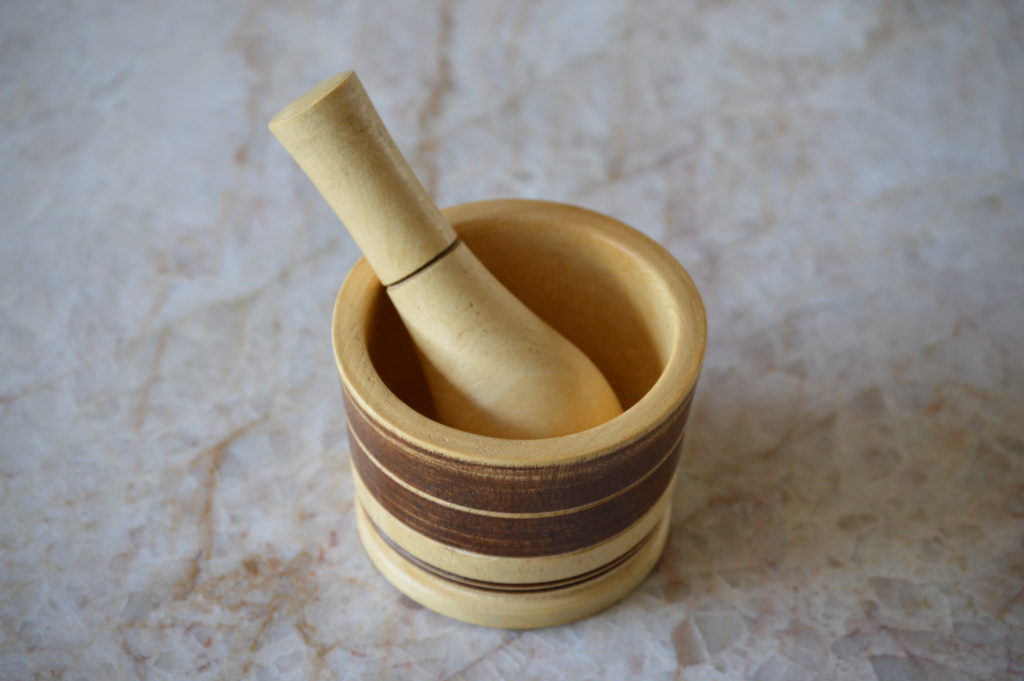
On the other hand, a coffee grinder is fairly easy to use and can grind up your spices in seconds. That being said they can break over time and require electricity to operate. Plus once you’ve ground spices in them it can be a little difficult to get the taste of the spices out of the grinder. So you will probably want to buy a separate one for grinding spices if you use your current one for coffee.
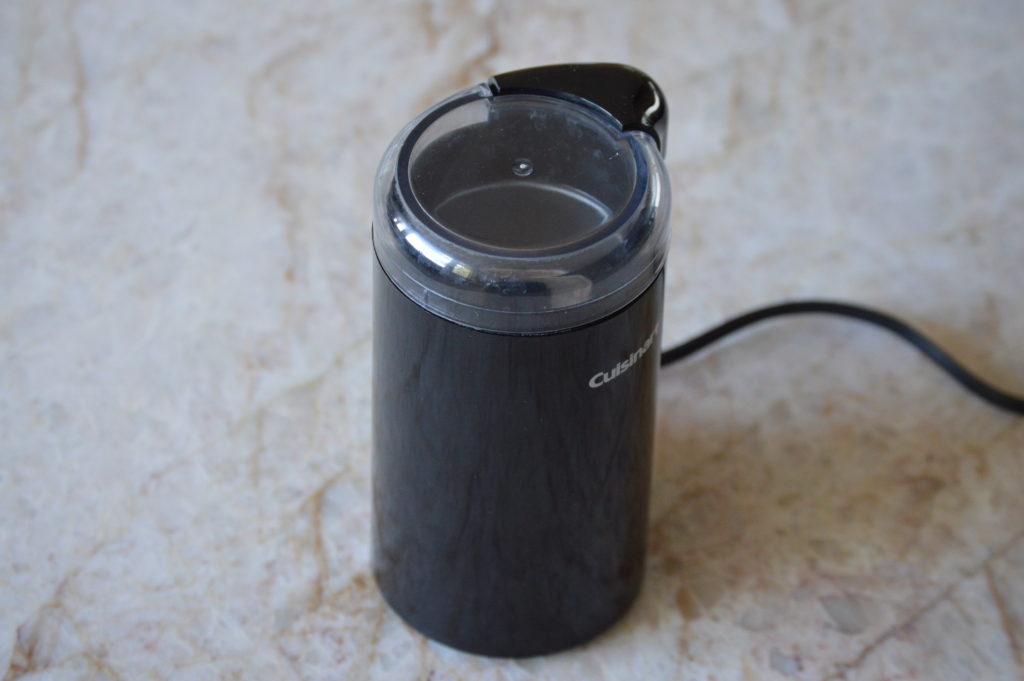
Storing spices
When it comes to storing your spices I suggest that you keep it simple and use glass jars. You can either buy specific glass jars meant for holding spices, like a small mason jar. Or you can go the cheap route and simply reuse old spice jars.
What spices do you need?
To be honest this is entirely up to you and what you tend to cook. If you never use a particular spice then there is really no reason to have it on hand. That being said if your spice collection seems lacking or you don’t know where to start then check out this quick list of spices that I like to have on hand.
Allspice – This is the dried berry of the pimenta diocia tree and gets its name because the taste resembles a mixture of cinnamon, nutmeg, and cloves. It’s most famous uses are in Jamaican jerk seasoning and Swedish meatballs.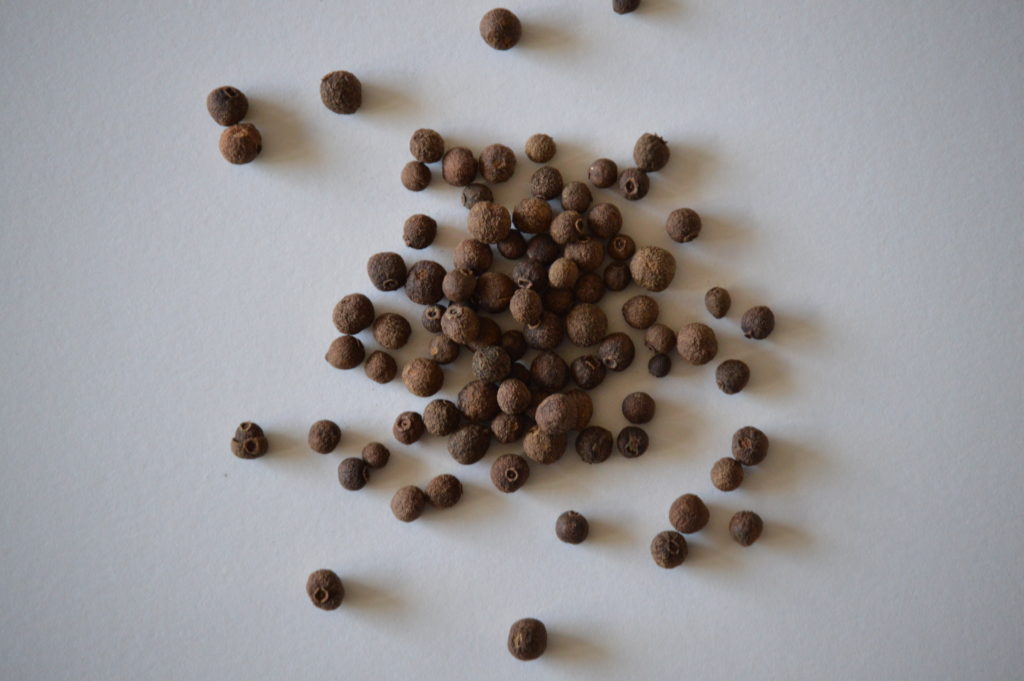
Caraway – The dried seeds of the carum carvi plant which is related to parsley. It has a slight anise flavor and is mostly known for its use in rye bread.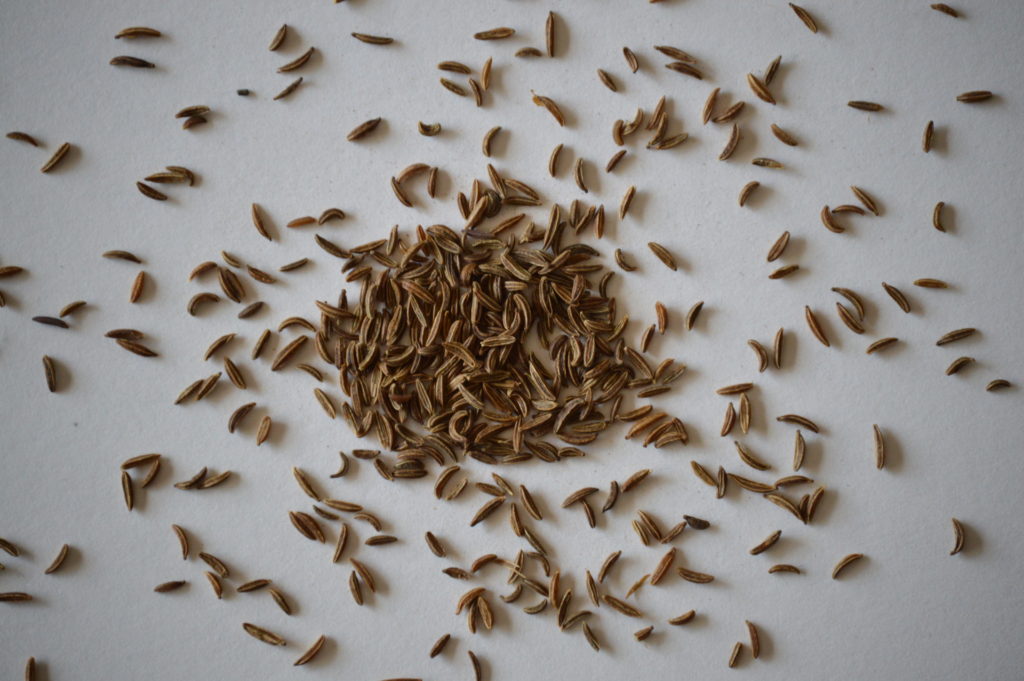
Cardamom – The dried fruit of the elettaria cardamomum plant. It has a slightly sweet and fruity flavor that is mainly used in Indian curries and Scandinavian desserts.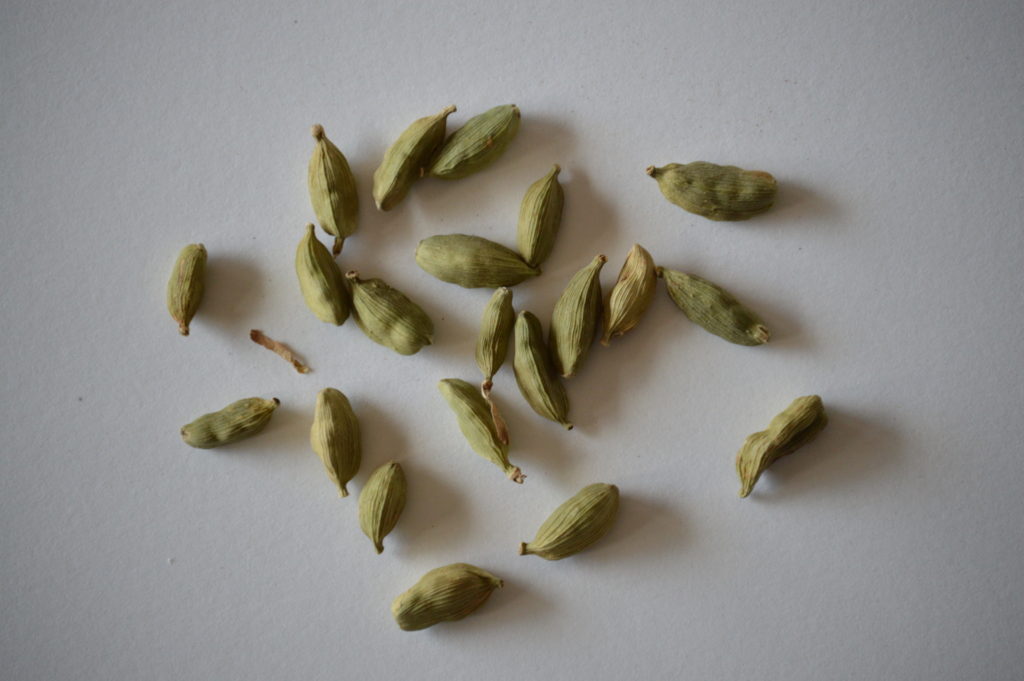
Cinnamon – The dried inner bark of the cinnamomum tree which is typically rolled into sticks. It has a strong spicy bite that makes it perfect for a number of desserts, most specifically cinnamon rolls.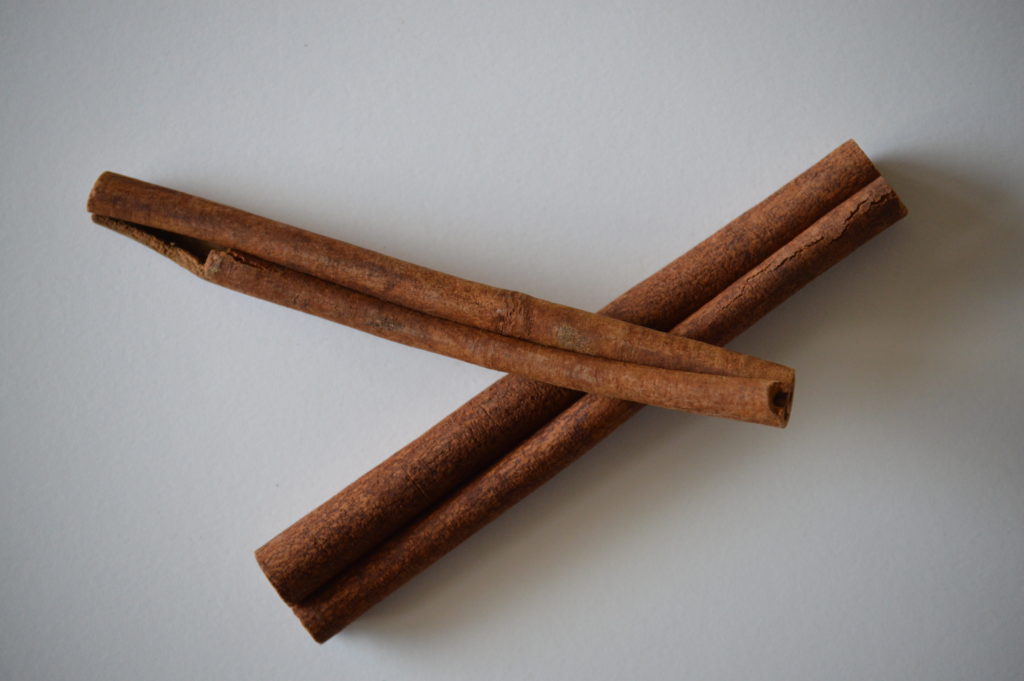
Cloves – These are the dried flower buds of the syzygium aromaticum tree. They have a very unique and strong aroma and are mostly used in glazed ham, Chinese five spice, and some desserts. But go easy on the use of cloves, they are strong.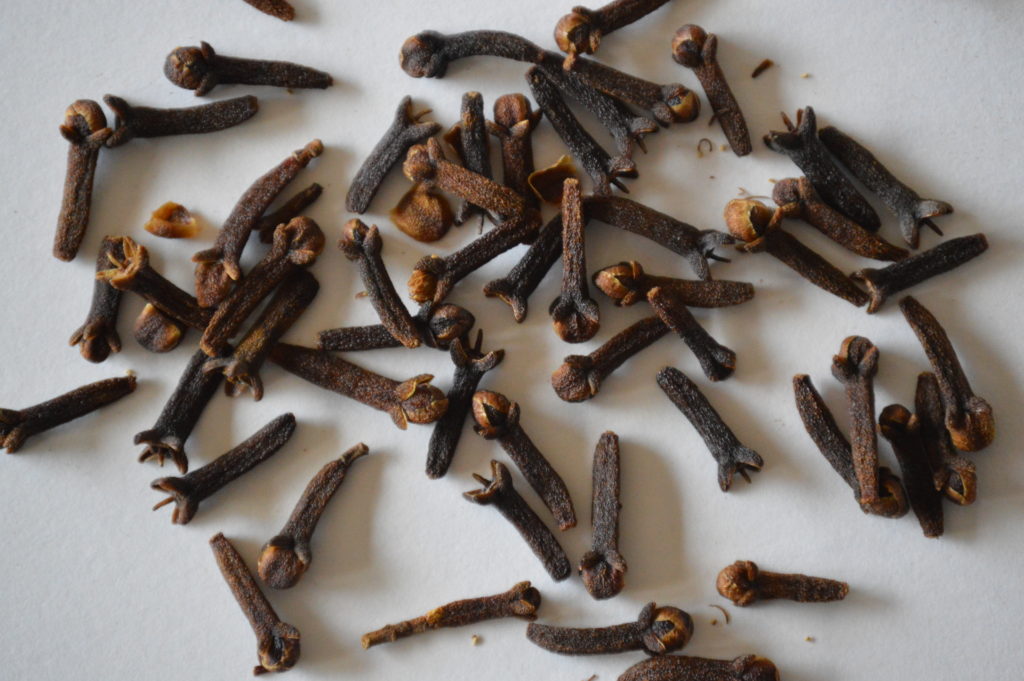
Coriander – These are actually the dried seeds of the common cilantro plant. They have a bright citrusy flavor that goes well with pork.
Cumin – The dried seeds of cuminum cyminum which is native to southwest Asia. They have a strong earthy flavor and are mainly used in Mexican and middle eastern cuisine.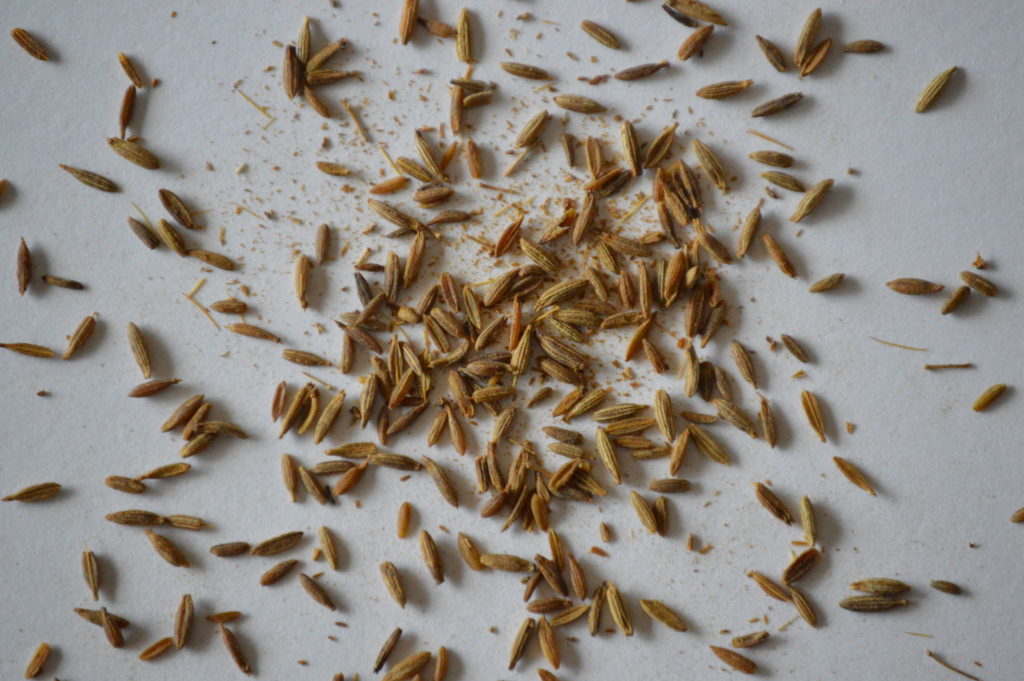
Fennel – These are the dried seed from the same fennel plant that you get fennel (the herb), and fennel (the blub). They have a strong anise and floral flavor and a great when paired with pork.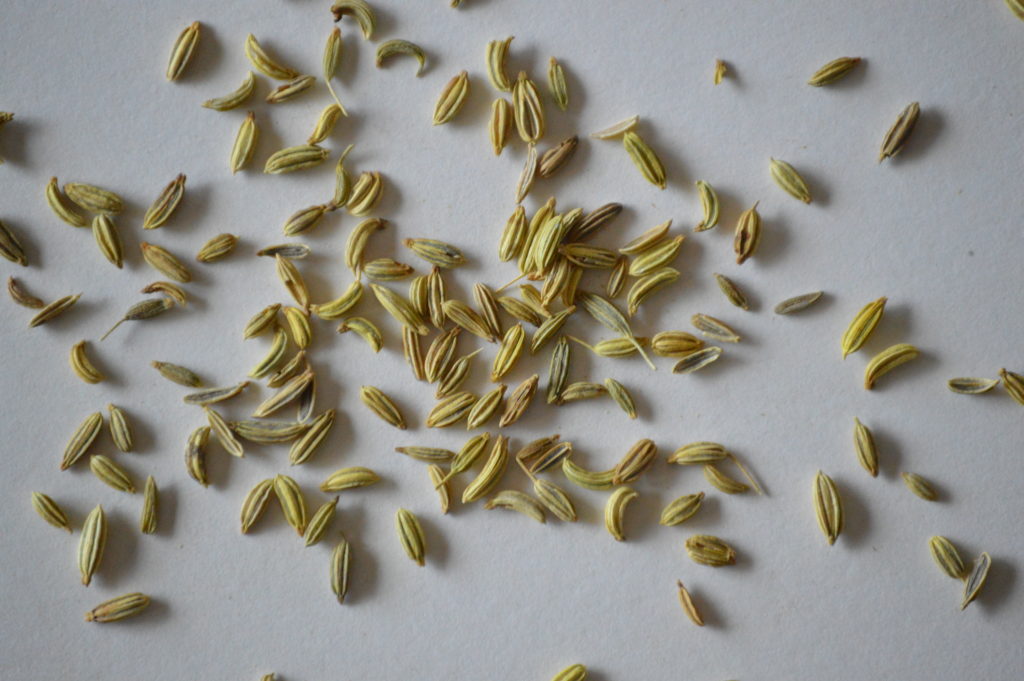
Ginger – While fresh ginger root is a common cooking ingredient, it can also be dried and ground to form a spice. Its flavor is a nice mixture of sweet and spicy which makes them great for a number of desserts.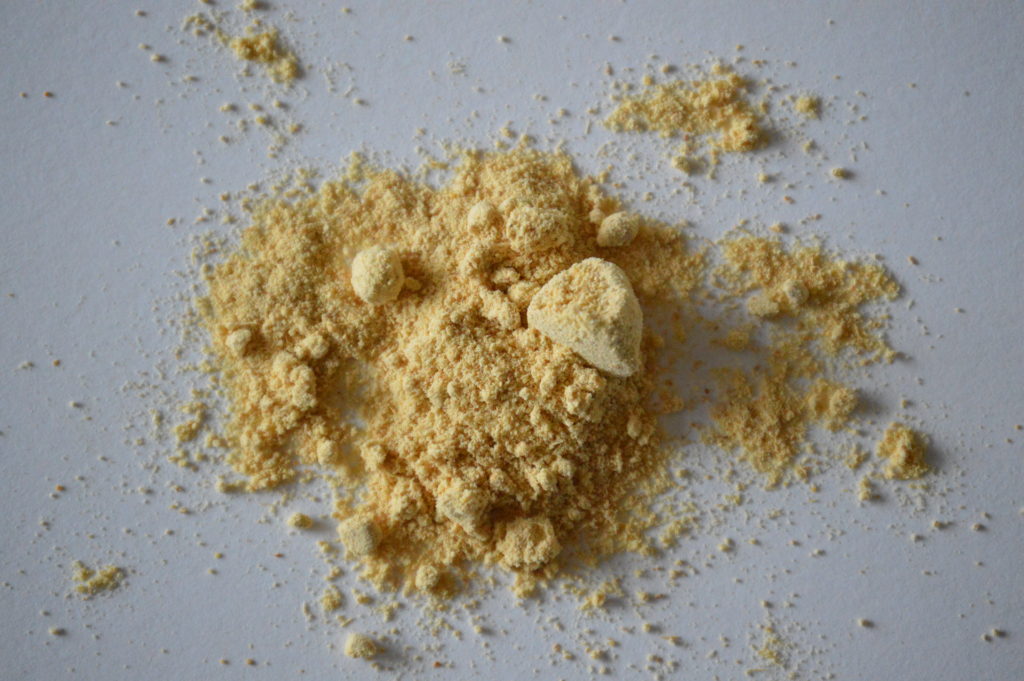
Mustard – These are the dried seeds of the mustard plant and come in three varieties yellow, brown, and black. They can give a nice kick of heat to just about any dish.
Nutmeg – These are the dried seeds of the myristica fragrans trees native to Indonesia. It has a mild flavor that is mainly used in desserts and bechamel sauce.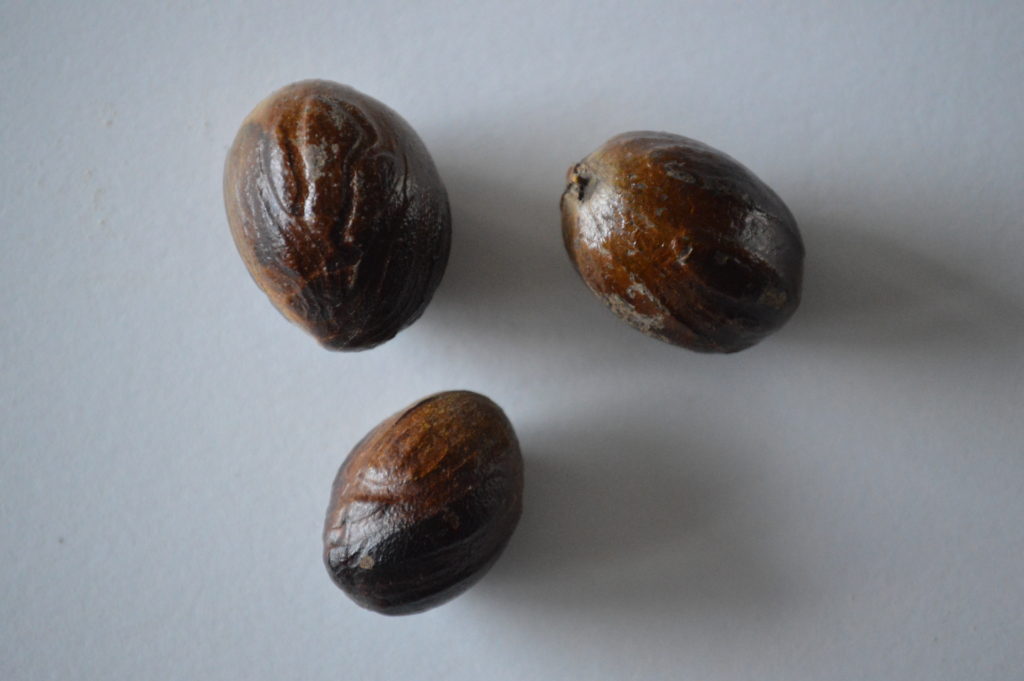
Paprika – Simply the dried and ground version of the common capsicum annuum, or chili pepper. They can come in both a mild/sweet, and hot variety, and can be used to give a reddish color to any dish. Also, there is a smoked variety that is great for adding smoky flavors to any meal.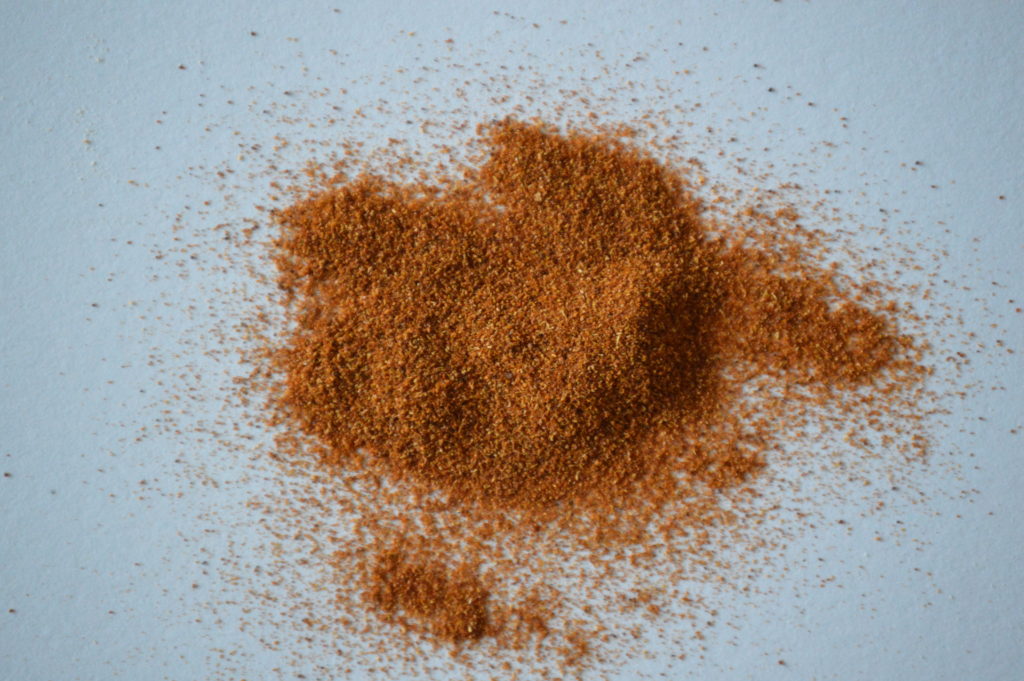
Peppercorn – Without a doubt the most famous of spices, peppercorn is the dried berries of piper nigrum. They come in the black, green, and white varieties which are all the same fruit just processed differently. It is known for its pungent and spicy flavor.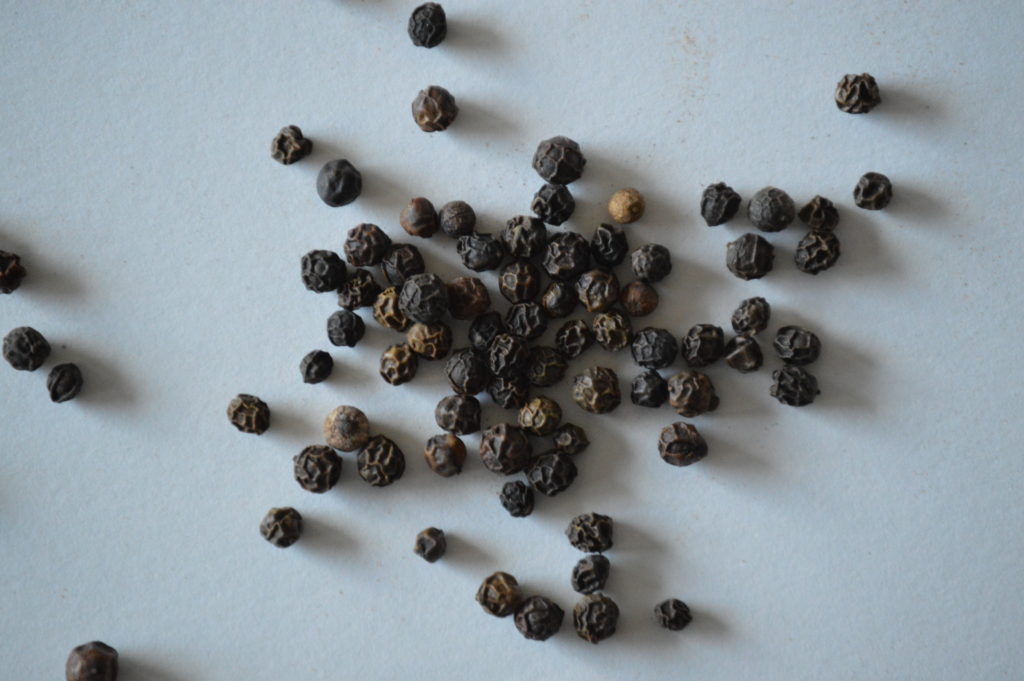
Saffron – This is the dried stigma of the crocus flower. It is well known for being the most expensive spice in the world, more expensive than gold. It has a mildly bitter flavor and can be used to add yellow coloration to dishes. Check out our lesson on how to bloom saffron if you plan on cooking with it.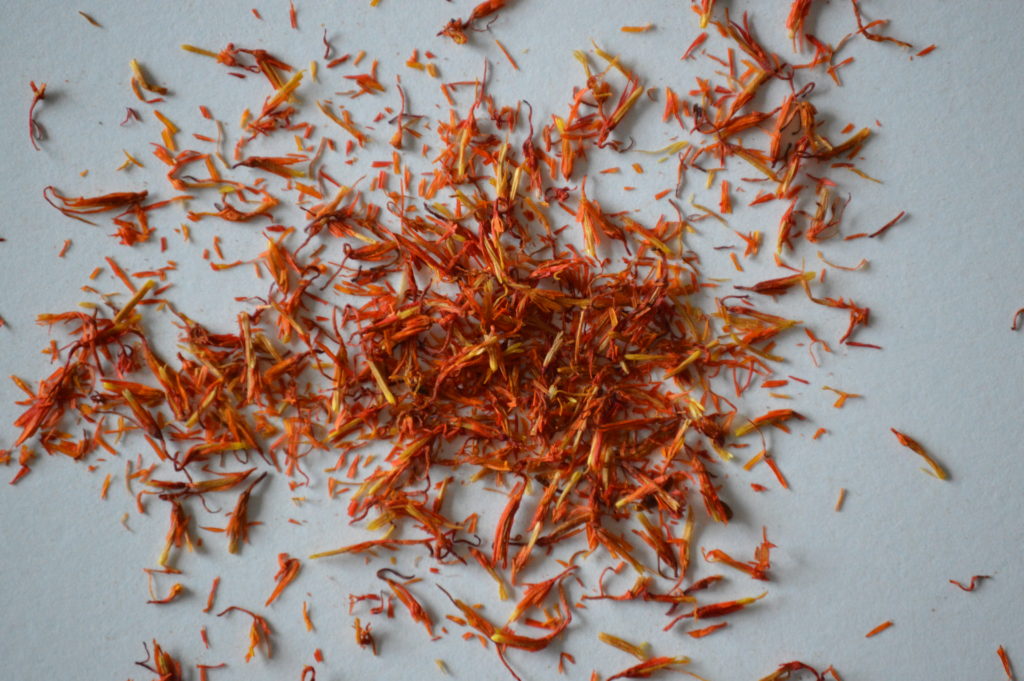
Turmeric – The dried root of the curcuma longa plant, a relative to ginger. It has a mild earthy flavor and is mainly used to add a bright yellow color to dishes.


